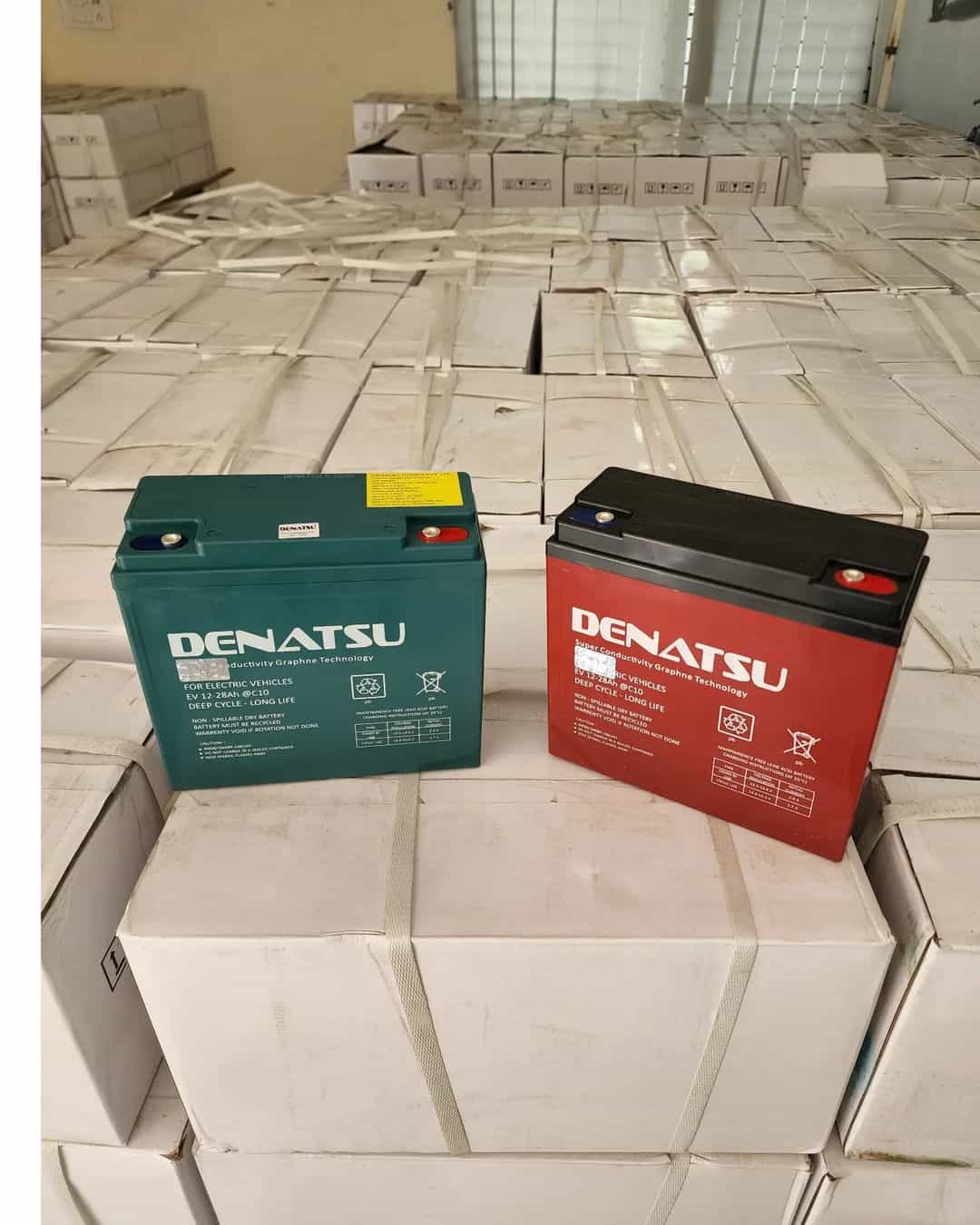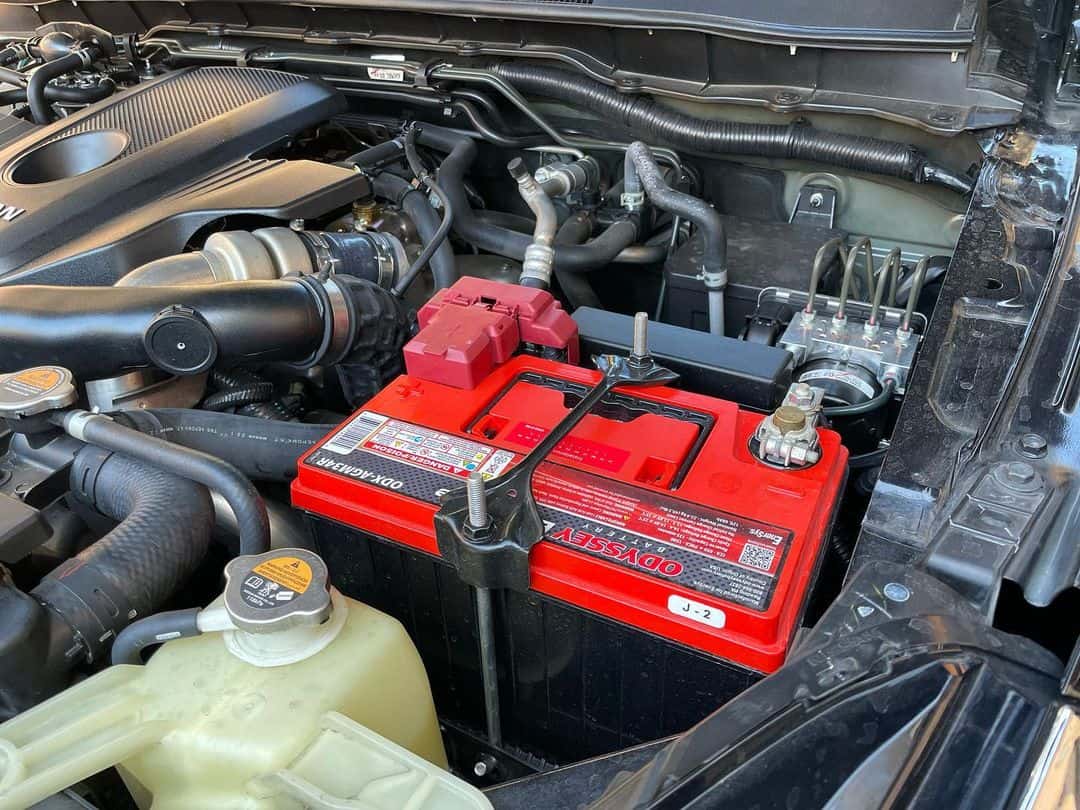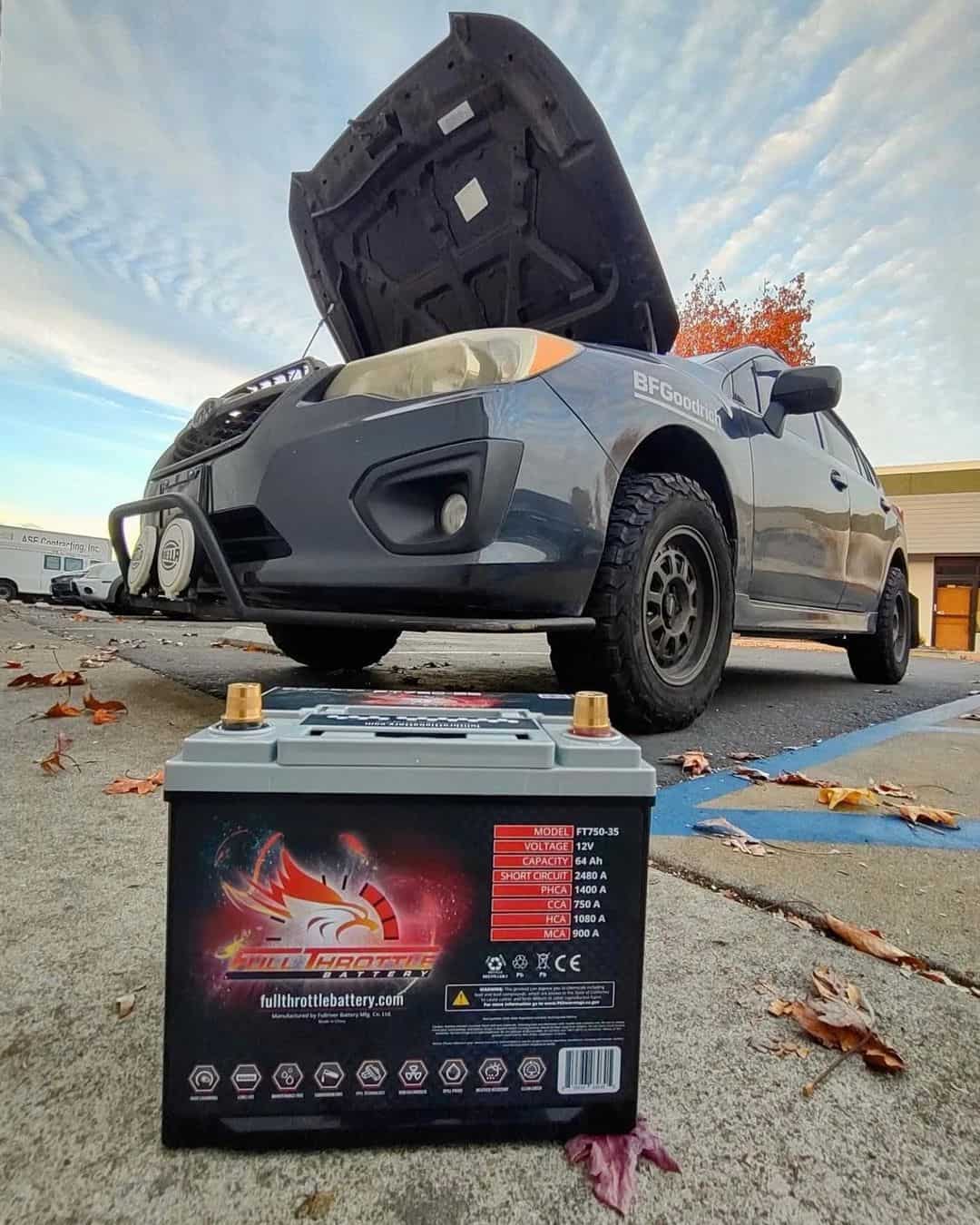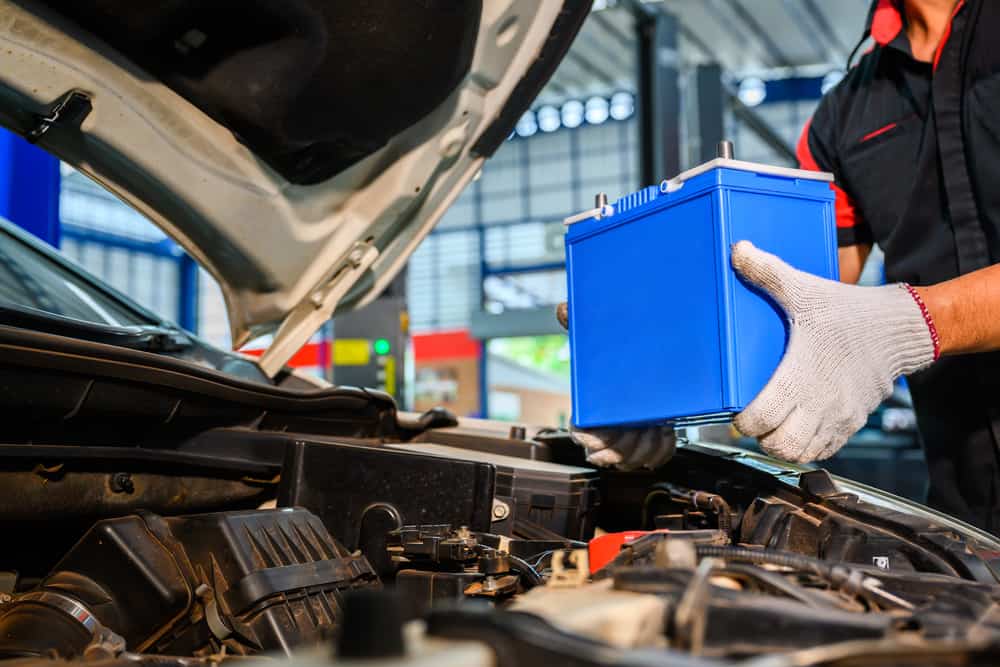While conventional and deep-cycle batteries are lead-acid batteries, they are designed for different purposes and have some key differences.
In this article, we will take a closer look at these two types of batteries and compare them in terms of capacity application, and explore related information to know more about these battery types.

Table of Contents
What is a Lead-acid Battery?
It’s one of the oldest battery types and can provide copious amounts of power despite having a low energy-to-volume ratio. This rechargeable battery type is the most affordable option but has a short life span of not more than 500 deep cycles.
What is a Deep Cycle Battery?
Despite being a lead-acid battery, this type is specifically designed to supply constant power for extended periods without fluctuations. The term deep cycle here refers to the battery’s ability to discharge most of the capacity before being charged again. In contrast, a lead acid battery cannot work effectively when its charge drops below a certain level. These are also marine batteries, as they were first used in boats and several car hybrids.
While we will be reading about the differences in detail, the main difference between a deep cycle and a conventional battery is its structure. Unlike lead-acid batteries, these batteries have thicker and denser plates, providing an extended power supply and corrosion resistance.
Differentiating Factors
1. Capacity
One of the most evident differences between lead and deep-cycle batteries is their capacity. A car battery has a relatively low capacity of 50-70 Ah (Amp-hours). This amp-hour rating means the battery can provide a current of 50-70 Amps for one hour before requiring a recharge.
In contrast, deep cycle batteries have a much higher capacity that starts around 100-200 Ah, meaning they can provide a current of 100-200 Amps for one hour before recharging.
2. Lead Plating
Another critical difference between car batteries and deep-cycle batteries is their construction. Car batteries have thinner plates and less active material, which allows them to deliver high power for a short time but also makes them less durable.
On the other hand, deep-cycle batteries have thicker lead plates and more active material, which allows them to deliver steady power over a longer period of time but also makes them heavier and more expensive. The thicker battery plates are the differentiating factor here.
3. Durability
How these car batteries and deep cycle batteries are made affects their durability. Car batteries are not designed to be deeply discharged and are not recommended to be continuously discharged to less than 50% of their capacity. This drawback makes them a battery with a short lifespan.
On the contrary, deep cycle batteries are built to withstand deep discharges and can be discharged to 80% or completely dry out before recharging. They are also designed to be recharged frequently and stay effective during thousands of charge/discharge cycles, providing a longer lifespan and reliability.
When it comes to the materials used in constructing both battery types, it depends on the manufacturer. While regulations require battery manufacturers to use a certain material, you can easily find the same battery type but with a different price tag. This mostly happens when higher-quality materials are used in the battery-making process.
4. Amount of Current
A car battery can provide a phenomenal burst of current for a short period to turn on the ignition and kickstart the alternator. Once the engine is up and running, battery power is no more required.
In contrast, a deep-cycle battery provides a consistent amount of current over a long period of time. However, the surge of current provided by the deep cycle battery is not more than the car battery.
5. Discharging Level
A car’s battery cannot be discharged more than 30%, whereas a deep cycle battery can be deeply discharged repeatedly. If the conventional lead-acid battery is discharged too much or too often, the battery will eventually get damaged.
6. RC and CCA Ratings

While a deep cycle battery has three times the reserve capacity than a simple battery, the cold cranking amps of the deep cycle are less than a car battery.
Typically, most batteries come in different sizes and are categorized according to the group size. This group size is a standard developed by the BCI that represents the battery’s physical size and the place where terminals are located. Knowing the BCI code for the battery compatible with your vehicle will suffice, no matter the type of vehicle you own. These codes can be looked up at BCI’s online directory or can be looked up in the vehicle’s owner’s manual.
Choosing Between Lead-acid and Deep Cycle Batteries
It’s imperative to consider what vehicle will the car battery be used for. For example, go with a lead-acid battery if you need a battery to start your car or run its electrical systems. However, a deep-cycle battery is a right choice if you need a battery to power a device requiring a constant and stable power source like an RV. Other factors to consider are the power required, the use duration, and the recharging frequency.
Deep cycle batteries are also commonly used in renewable energy systems, such as solar panels and wind turbines, where a steady and reliable power source is required. They are also used in recreational vehicles, electric cars, and electric boats, where a high-capacity and durable battery is needed.
Types of Automotive Batteries
Typically, there are three different types of batteries designed specifically to be used for starting an automotive engine to be used in other deep-cycle applications. These types include the flooded acid battery, gelled acid batteries, and AGM batteries. Please remember that while these batteries can be installed in automobiles, they have varying usage levels, come in various specs, and can also be used in applications other than just starting your car’s ignition.
1. Flooded Lead Acid Battery
The lead plates in this battery type are submerged in an acid-like electrolyte mix containing water and sulfuric acid. During the charging and discharging of the battery, gases are produced, which can be vented out from the proper venting channels present in the battery. The chemical reaction within the battery slowly uses up the fluid, which needs to be refilled periodically.
The discharge capacity of flooded batteries ranges from 30 to 50%, and its charging is done at short intervals, preventing the battery from being overcharged or undercharged. While this battery type is a reliable option and cannot has a mechanism to prevent overcharging, the gases released from the battery require adequate ventilation.
Furthermore, the battery needs to be always positioned in an upright position to avoid spillage. These flood acid batteries also require more maintenance and longer life than lead-acid batteries.
2. Absorbent Glass Mat Battery

The AGM battery is a subtype of the valve-regulated lead acid battery and has thin fiberglass mats between the battery’s lead plates. The glass fibers present in the mat make the battery resistant to shock, tremors, and vibration. This battery is also more effective at withstanding extreme weather changes and can be used for extended periods of time.
AGM batteries charge faster than flooded batteries as they have low internal resistance. These batteries have an 80% depth of discharge (dod) and a whopping charge efficiency of 95%. While these batteries are expensive, they are maintenance-free, can be positioned anywhere, and allow faster charging than other battery types like lithium-ion batteries.
3. Gel Cell Batteries
The gel battery is another subtype of the VRLA battery and uses a gel-based electrolyte solution made of water, sulfuric acid, and silica gel agent. The charge efficiency of the battery is 90%, produces no gases, and is tolerant to heat.
4. Lithium Ion Batteries
These batteries are a new addition to the deep cycle battery category. These batteries are lighter than flooded acid batteries and have the highest usable capacity, ranging between 80 to 100%. Besides having an excellent ampere-hour rating (ah), these batteries can be used for extended periods as they can be charged/discharged from 2000 to 5000 before requiring a new battery.
The most distinct feature of lithium batteries is Their ability to provide constant voltage no matter the discharge rate. This ensures any appliance or equipment powered by a lithium-ion battery won’t dim as it loses its charge. In contrast, when using a lead acid battery, the appliance won’t work or malfunction if the discharge rate or power requirement is too high.
Lithium-ion phosphate batteries are the most frequently used batteries in critical deep-cycle operations like a power backup system or a solar energy bank. While these batteries are efficient, they require a battery maintenance system to ensure the safety of the operation.
Bottom Line
In summary, car and deep-cycle batteries are lead-acid but designed for different purposes. Car batteries are designed to provide a large amount of power for a short period of time, while deep-cycle batteries are designed to be discharged and recharged repeatedly.
They have different capacities, construction, durability, and application characteristics. The choice between a car battery and a deep cycle depends on the application’s specific requirements.
Understanding the differences between the two types of batteries and evaluating the specific needs of your application can help you make an informed decision when choosing the correct battery for your needs.
Lastly, it’s always better to go for a well-known and reputable brand, as they are more likely to have higher quality and longer lifespan. Furthermore, it’s always better to follow the manufacturer’s instructions and recommendations to ensure your battery’s best performance and longevity.
